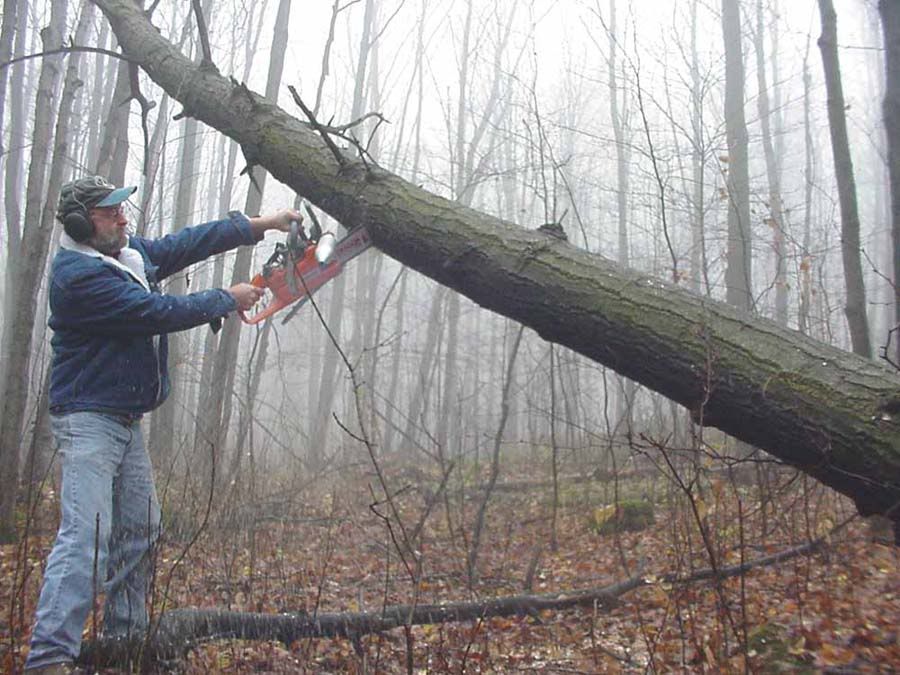CNYCountry
ArboristSite Operative
Not sure if this is the right forum, please move this if it's not...
I know blowdowns that have crotched themselves in other trees are inherently something to treat with great care but exactly how to go about dealing with them is not something I'm finding a lot of information on.
I did find something that advised cutting an open face on the bottom of the stem and then going through from the top to avoid barberchairing but I am wondering if I can get some clarification on that.
How far up the stem is this done, exactly what kind of open face (how deep and at what angles) and what else do I need to know?
I know blowdowns that have crotched themselves in other trees are inherently something to treat with great care but exactly how to go about dealing with them is not something I'm finding a lot of information on.
I did find something that advised cutting an open face on the bottom of the stem and then going through from the top to avoid barberchairing but I am wondering if I can get some clarification on that.
How far up the stem is this done, exactly what kind of open face (how deep and at what angles) and what else do I need to know?





